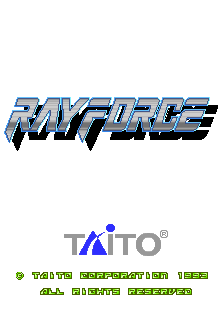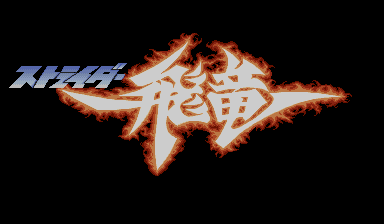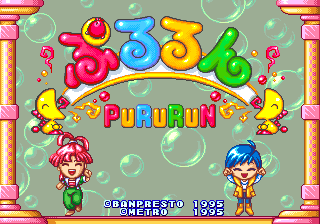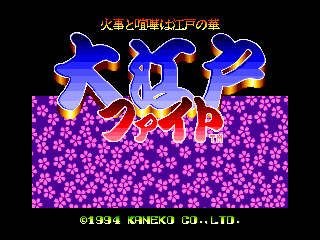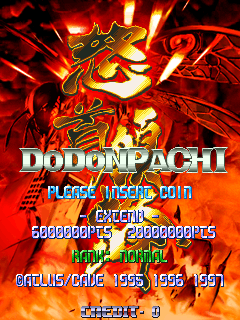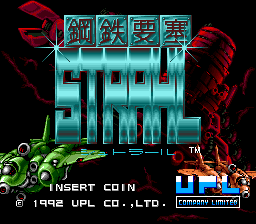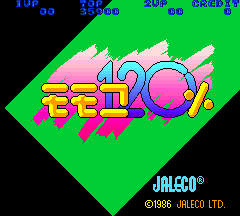
We’re back on our CPS2 jam, and we’re looking at Alien vs Predator this time. Buried in its code are a bunch of debugging tools and an alternate staff roll. Compared to the mess that was Progear no Arashi, things were pretty straightforward this time, but there’s still a fair bit of technical complexity we need to cover, so let’s get into it.





